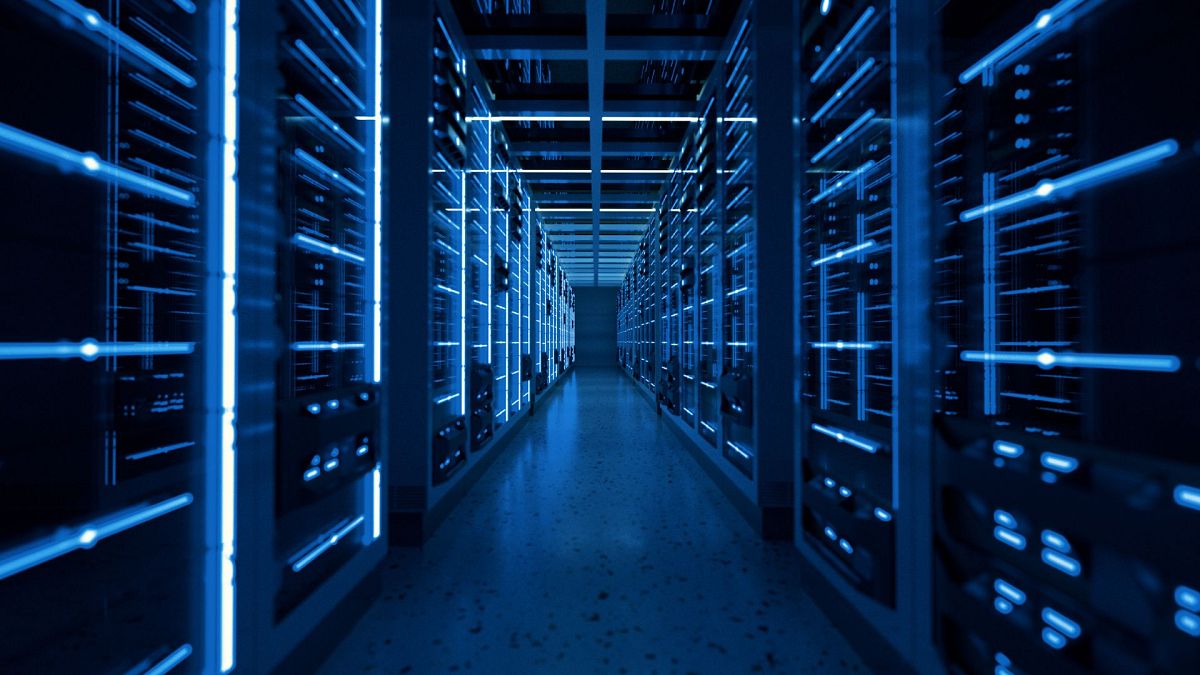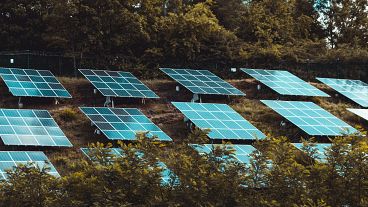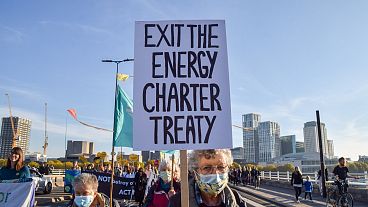AI has helped increase Microsoft’s emissions almost a third since 2020.
Microsoft’s total carbon emissions have risen by almost 30 per cent since 2020, according to the company’s annual Environmental Sustainability Report released on Wednesday.
While its direct emissions and energy use dropped by more than 6 per cent, its indirect emissions set it back. With the company being a cloud supplier, the construction of more data centres was the main cause.
Microsoft highlighted the need for collaboration across industries to develop and use greener building materials, like concrete and steel, and hardware components, like chips, to help reach its goal of becoming carbon negative by 2030.
What are data centres?
Data centres are buildings that store the powerful computers and hardware needed to run IT services and applications securely.
Cloud services providers like Microsoft operate huge data centres with multiple buildings that serve billions of users worldwide. Information is stored, processed and disseminated by the servers they house.
Europe is a major hub for data centres: Germany is home to 522 of them - the second largest number after the US - while the UK comes in third with 517 and France in sixth with 314.
While it is more efficient for companies to store their data in a shared centre rather than operating their own, these buildings are highly energy intensive. They rely on a continuous power supply and water-intensive cooling systems to keep the equipment functioning properly. This is not helped by the fact that many data centres are built in drought-stricken desert locations.
This is especially problematic when this energy is sourced from fossil fuels.
Adding to this, data centre workloads are continually increasing - particularly with the surging demand for data storage and processing associated with artificial intelligence. The UK’s National Grid recently predicted that the boom in AI and quantum computing will increase data centre power use six-fold in the next decade.
How is Microsoft mitigating the impact of its data centres?
Microsoft aims to source 100 per cent of its electricity from “carbon-free” sources by 2030, including for delivered goods and services, it states in the report.
Earlier this month, Microsoft signed a deal with Canadian investment management company Brookfield to contract 10.5 gigawatts of renewable energy worldwide in one of the single largest corporate power purchase agreements ever signed.
The company has also invested heavily in controversial carbon removal and storage, signing a deal with Sweden’s Stockholm Exergi to remove 3.3 million tonnes of CO2 from the atmosphere in the biggest deal of its kind to date.
As well as greening its energy supplies, Microsoft is working to improve efficiency in its data centres. It says AI will play an important role in helping to increase accountability and achieve technology breakthroughs - which it hopes will extend to developing greener steel, concrete and fuels, as well as reducing water usage. The company says its new data centres will consume zero water for cooling.
It will also use its purchasing power to accelerate demand for greener building and energy supplies, while advocating for policy changes that will help the climate.
Advancing circular hardware is on the agenda, too, as demand for cloud services continues to grow. Last year, Microsoft says it reused or recycled almost 90 per cent of its servers and components.



